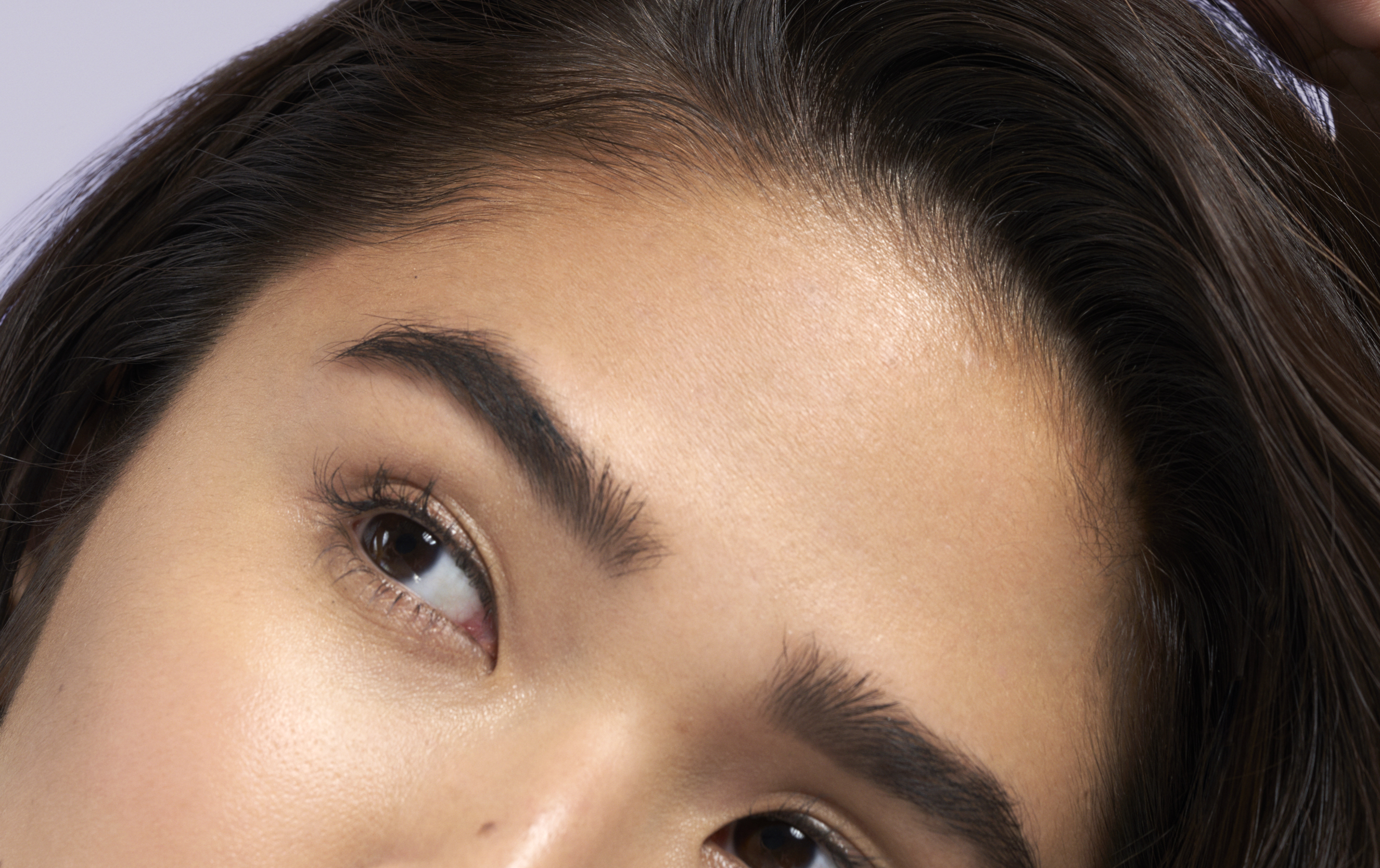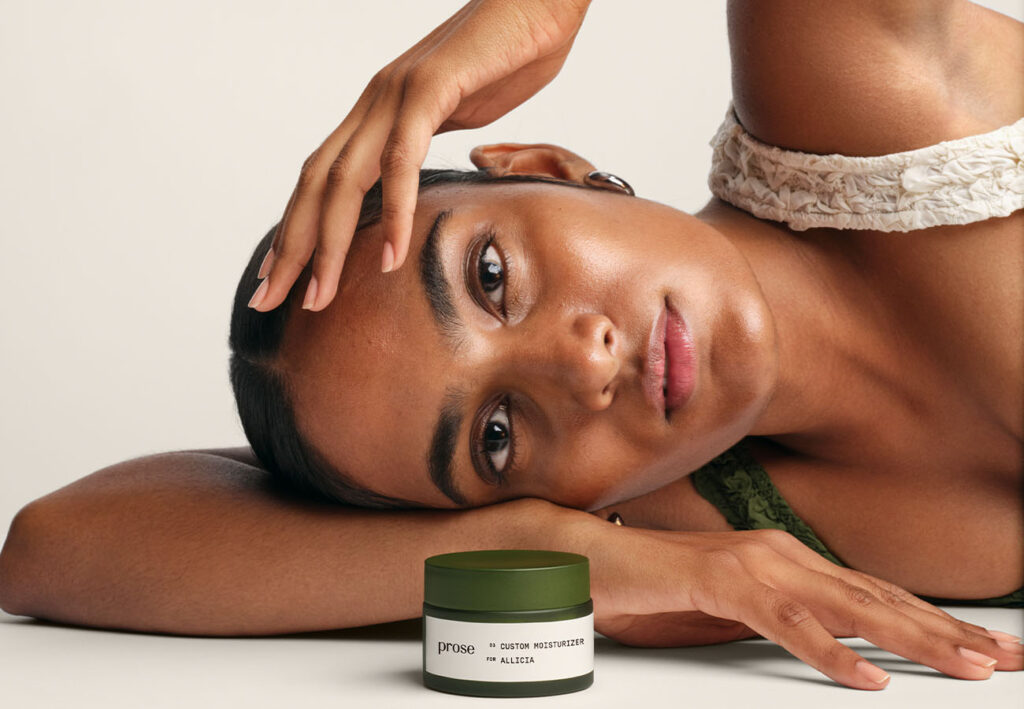We’ll cut straight to the chase: Losing 50-100 strands a day is considered normal, according to Dr. Dendy Engelman, a New York City dermatologist—and all of the pros we spoke to. But what does that actually look like? Well, it can resemble an S.O.S pad covering the drain or just a tangle of thread, depending on the density of your hair. If you’re trying to determine whether your hair loss is problematic, the question to ask yourself is not do I see more hair in the tub, but “am I seeing more scalp?” says Dr. Neal Schultz, a dermatologist in New York City.
If that answer is yes, there’s a good chance that it is due to hormones and aging. As you hit perimenopause and menopause, the male and female hormones in your body become imbalanced; testosterone takes over and estrogen diminishes. “It’s the reason that you may start seeing hairs sprout in spots like above the lip and along the chin,” says Schultz. Due to that decrease in estrogen, your hair follicles may also start spending more time in the dormant phase (as in, not producing strands). And if you had fine, thin hair to begin with, your sparseness may be more noticeable.
But there are other causes of hair loss, says Dr. Gary Goldenberg, a dermatologist in New York City. Women may also go through periods of intense hair shedding after a stressful event (hello, pandemic), or childbirth or illness. This process is called telogen effluvium and is usually reversible. How to know which type of hair loss you may be suffering from? Hormonal and age-related hair loss in women tends to be diffuse, whereas loss from telogen effluvium occurs generally on the top of the scalp.
The good news (yes, there is some) is that even loss due to aging can be treatable. See a dermatologist right away if you’ve determined you’re losing more than your 50-100 strands a day. “It’s easier to maintain hair than to replace it,” Schultz says.
And rest assured that shampooing your hair is not what’s making those strands fall out in the shower. “It just enables the ones that were going to blow away in the wind ten minutes later anyway,” Schultz says. Still, it doesn’t hurt to use a light touch on your tresses. They are a fiber, like the fiber in your clothing. And you wouldn’t treat that roughly, would you? To that end, celebrity colorist Sharon Dorram advises using the minimum amount of heat on your hair on a regular basis and investing in boar-bristle brushes, which are gentle on your tresses and distribute your scalp’s natural oils from root to tip, so that your strands are less apt to get brittle and break. And to camouflage loss? Dorram advises cutting your hair a bit shorter and adding some highlights (they plump up your strands) to add the illusion of fullness to your locks.





